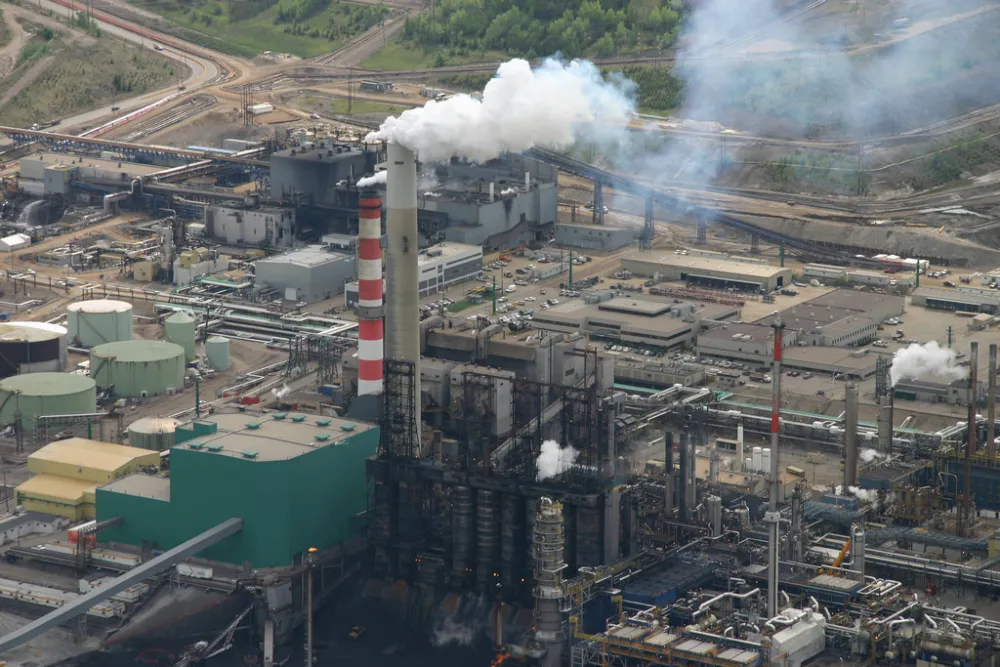This month, we expect to see the release of the Alberta government’s plan for applying the Alberta carbon levy to large industrial emitters. That plan, known as the output-based allocation policy (OBA), will deliver the specific rules for a critical element of the Climate Leadership Plan (CLP).
Developed through broad-based and effective consultations with all stakeholders, the OBA approach garnered wide support from industry and non-profit groups. The approach represents a smart, pragmatic, and cautious approach for transitioning to economy-wide carbon pricing for the big polluters in Alberta.
Critically, the emission reductions driven from the OBA policy will be dependent on the final policy sticking to the key principles identified in the CLP. The OBA policy is intended to grant free allocations initially based on the performance of the top 25 per cent of production within each industrial sector. Companies creating fewer emissions per unit of output (such as per barrel of oil) will earn salable credits and make money under the policy, while poor performers will pay the levy on emissions over this standard and be more strongly incented to reduce emissions.
The OBA policy announcement this month must stick to the CLP principles without creating exemptions and loopholes that make the final policy ineffective. We can’t repeat the mistakes that were made in Alberta’s previous industrial emissions program, the Specified Gas Emitters Regulation, which was unable to reverse the trend of increasing oilsands emissions intensity.
How did we get here?
Competitiveness concerns for new investment can arise between jurisdictions with carbon prices and those without. Those industries that compete globally and are also large greenhouse gas (GHG) producers can be impacted by jurisdictional differences in carbon pricing. These sectors are referred to as emissions-intensive trade-exposed (EITE). Due to the potential impact, the Climate Leadership Panel recommended a policy to strike a balance between protecting legitimate competitiveness pressures and providing an incentive for inefficient operations to reduce emissions.
The Climate Leadership Panel’s recommendation was the output-based allocation policy, a unique program that phases in the Alberta carbon levy on heavy industry while maintaining the financial motivation to reduce emissions. The program provides free “allocations” of emissions to heavy industry to offset the cost of the carbon levy at a rate representative of efficient operations. Only those facilities unable to operate efficiently would face a financial penalty on any emissions not offset by the free allocations. To provide a long-term signal to keep improving, the free allocation rate is reduced over time by one to two per cent each year, providing heavy industry the time to make incremental improvements and minimize costs as they transition to full carbon pricing.
Risk of weakening climate commitments
As is typical in times of changing policy, industrial polluters may try to establish and exploit exemptions and loopholes that lower the cost of the policy. We’ve already seen this in British Columbia, with the oil and gas industry using its greater resources and privileged access to decision-makers to lobby and undermine effective policy. We know from experience that incumbent companies will pull out all the stops to avoid a potential cost.
However, Alberta needs to stand firm. Any concessions — such as delaying the phase in of the full carbon price, exemptions for projects continuing to use less efficient technologies, or special treatment for lower grade resources — will undermine Alberta’s industrial reductions and reduce revenue generated by the OBA to fund the other important reduction opportunities under Alberta’s Climate Leadership Plan. This would represent a double-whammy undermining of the goal of reducing Alberta’s GHG emissions.
It is important to remember that the output-based allocation approach is specifically designed to reduce the full carbon cost that companies would pay under an economy-wide carbon tax. It’s estimated that Alberta’s OBA program will cost most oilsands projects up to 75 cents per barrel, with efficient operations gaining up to 50 cents per barrel. In its design, the program acknowledges and addresses investment competitiveness issues. While the program may represent additional cost for the least efficient operations, these operations require this motivation to help guide investment decisions into efficiency improvements.








